The all-seeing eye: deserted technologies in the air, on land and in the sea. 3 part, final
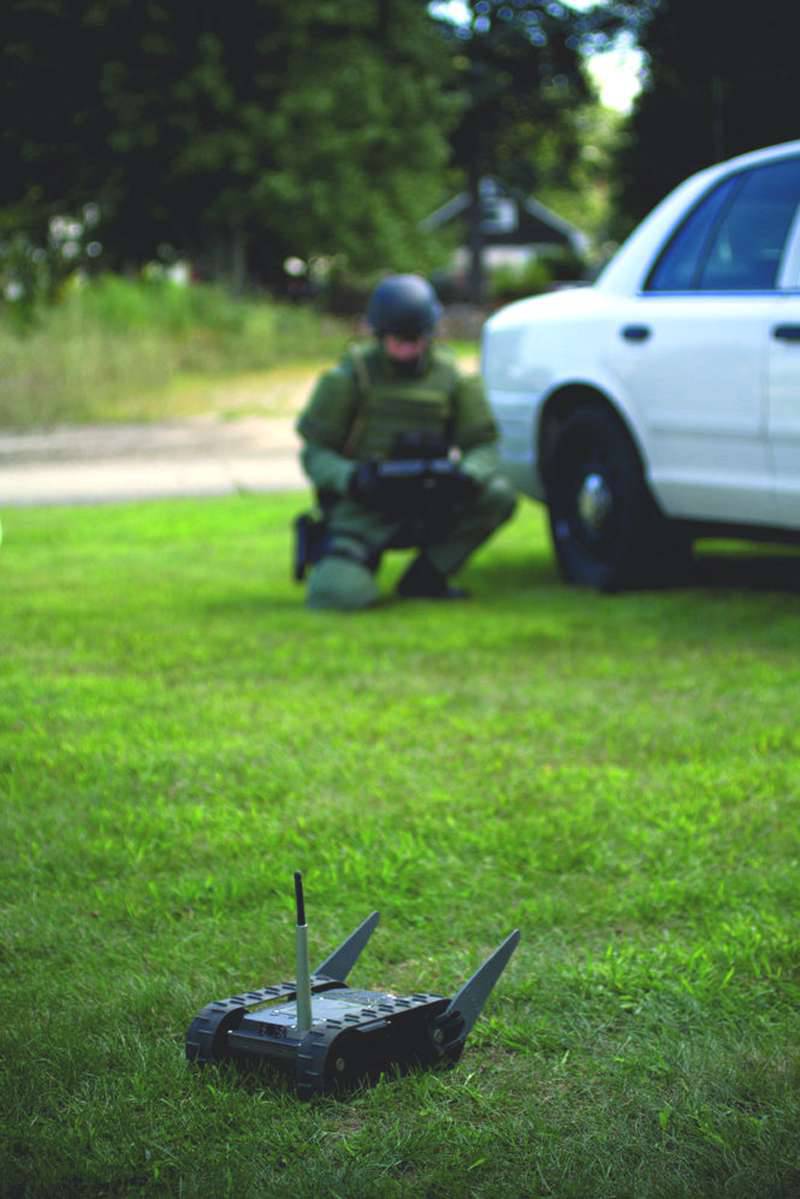
IRobot's FirstLook robotic system has optoelectronics for real-time reconnaissance in the dark, fog, smoke and other visually unfavorable conditions. The robot can conduct chemical intelligence when installing third-party sensors.
AEORDS program
The US Naval Systems Command (NAVSEA) AEODRS program is developing a new family of interoperable explosive ordnance disposal robotic systems. This approach is based on a government architecture that uses common physical, electrical, and logical interfaces. He made it possible to obtain a family of land mobile robots (HMP) with a high degree of interoperability and interchangeability, so that new technologies can be quickly implemented in the three AEODRS robots: small, medium, large.
The concept of an advanced robotic system for the disposal of explosive items AEODRS
The Increment One option entered the integration phase in October 2015 of the year following the issuance in September of 2015 of the Northrop Grumman contract as the lead developer. This is the first of the three stages of the program, it will develop the smallest version weighing about 15 kg for dismounted operations and performing mainly reconnaissance tasks; This small robot should be light enough to carry in a shoulder pack. As the lead contractor, Northrop Grumman, supported by Remotec, will supply and integrate various components, including the operator’s handheld control unit and its communications equipment, plus modules: mobile, main, power, manipulator, manipulator, vision and self-contained modules, and other secondary components (they will all be supplied by other suppliers), which all together will provide the desired system for dismounted operations. “The program is designed in such a way that the head office or the system integrator cannot provide one of the nine main modules; “We are a system integrator and we need to create a system and provide logistical support for it,” said Kochak. “We have specifications from the state, and we must ensure that after assembling all nine modules, the system will meet these specifications.”
In the near future, no later than 2016 of the year, the Northrop Grumman team must supply six prototype robots in the form of neutralization of explosive objects. According to the executive director of the company Remotec, the program is moving fast. A critical analysis of the project is scheduled for February, which is supposed to demonstrate customer compliance with the requirements of the main modules, after which Northrop Grumman and Remotec will begin to integrate the modules and check their compliance with the system requirements. “This is the first interacting robot in the world, so the task is to continue to work without buildup, that is, even before we receive a contract, we must be prepared so that all delays of subcontracts are excluded, because the schedule is very aggressive. Strictly speaking, this determines the correct course of traditional system design — all requirements have been met and everything has been happening from the very beginning at the modular level. This is only the first stage, but so far everything is good. ”
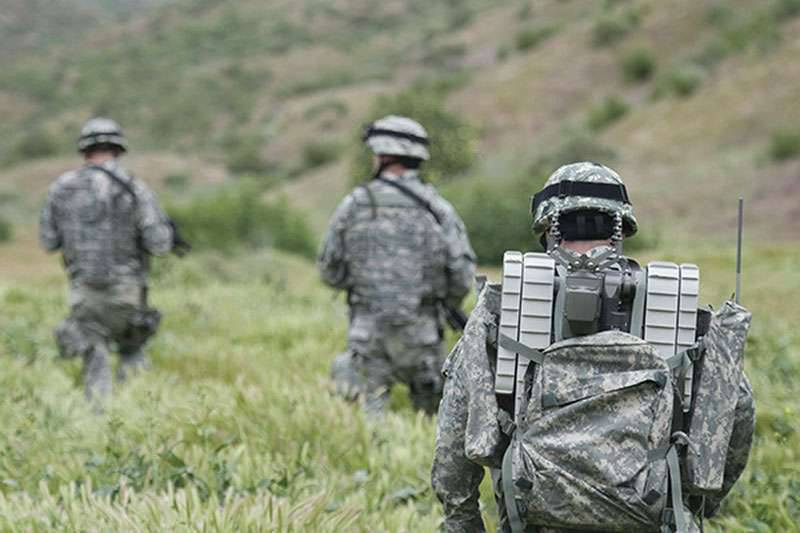
Lightweight and compact HMP 310 from iRobot can be carried in the MOLLE standard shoulder bag, making it possible to put this excellent intelligence tool at the disposal of an individual soldier.
Orders arrive
IRobot continues to fulfill the needs of the US military, who already have several models of this company in service. At the same time in 2015 year announced the conclusion of several new contracts. In August, 2015, the company announced it had received an order from the US Navy for FirstLook 110 systems and auxiliary equipment; These deliveries are due to end in February 2016. The FirstLook robot is designed to conduct ongoing monitoring and reconnaissance and to increase the situational awareness of soldiers and emergency services. The 2,2 robot weighs kg and is strong enough to be thrown into a room or building through a window or down the stairs, while it can withstand a fall on concrete from a height of 4,8 meter. The system self-repairs when landing "on the back" or turning, it can turn in place, as well as overcome obstacles up to 178 mm, including curbstones. Various optoelectronic devices are installed on the device, as well as sensors of various types for detecting traces of explosives in real time. All of this functionality allows the user to send NMRs to restricted spaces, such as tunnels, suspicious buildings, damaged cars, underground structures, and industrial facilities to identify and identify hazardous substances or test routes / buildings in order for specialists to obtain data and develop an effective entry plan.
Also in August 2015, the company received an order from the US Marine Corps for Small Ground Robots Small Unmanned Ground Vehicle (SUGV). Deliveries of 75 units will be completed by mid-year 2016. SUGV weight 13,6 kg is easily transferred to the knapsack, it can climb the stairs, manipulate objects. It provides bomb engineers with non-destructive testing and detection of explosives in baggage and suspicious packages.
The solar-powered OCIUS Bluebottle device is named after the Australian jellyfish
Sea watching
The market for offshore automatic surface apparatuses (ANA) initially focused on deserted mine control technologies, but the new developments allowed manufacturers to move to other areas due to new needs of military customers. In September, Australian company Ocius announced that it would build a demonstration model of an ASWUSV (Anti-Submarine Warfare Unmanned Surface Vessel) surface anti-submarine under a contract from the Australian Department of Defense worth 2015 million dollars in September. The company will work in conjunction with the Thales Australian unit to demonstrate “low-cost, long-range and continuous tracking capabilities that will increase the ability of surface forces to detect and track modern submarines and torpedoes at real removal distances without entering the enemy’s weapons”.
The program will develop the Bluebottle ANA with a towed integrated system of hydroacoustic stations. The demonstration model will be acoustically silent and will be able to deploy independently at considerable distances from the task force. Acting as an additional off-board anti-submarine system, it will increase the level of situational awareness through remote sonar data, allow for the advance detection of threats and, thus, commanders to make more effective decisions to combat the threat of submarines. The unmanned system with autonomous functions, leading to continuous and long-term monitoring, will demonstrate how much the expenditure of funds and human resources will decrease compared to manned antisubmarine warfare platforms, such as frigates and submarines towing sonar systems, as well as airplanes. Ocius will soon begin work on building an extended version of its oceanographic ANA Nemo (length of 2,8 meter), building a vessel with a length of 5,8 meter called Stinger. New ships of the company will be named Bluebottle by the name of the Australian jellyfish (a kind of "Portuguese ship"). These ANAs receive energy from the sun’s wind and wave energy, which allows them to remain at sea for weeks or months. The economic and operational benefits of the project include reducing capital costs per square mile of water surface, reducing operating costs, continuous tracking, eliminating human fatigue errors, and finally reducing the risks to personnel.
Submarine Hunters
While the Australian government is just beginning its journey towards unmanned anti-submarine systems, the DARPA in the United States has already done a lot in this area. As part of its ACTUV (ASW Continuous Trail Unmanned Vessel) antisubmarine continuous-tracking ship program, it is developing an unmanned vehicle optimized for continuous tracking of submarines with conventional power plants. The goal of the program is to demonstrate high performance characteristics of ANA crew vessels that are free from design flaws, which will ensure “propulsion superiority” over traditional anti-submarines with a significant reduction in operating costs. As part of this program, developers hope to increase the autonomy of the ANA so that independently deployable systems can perform their tasks. As explained in the DARPA "... the range of which is measured in thousands of kilometers, and the duration of navigation months with minimal remote control and monitoring." The “minimum remote control and monitoring” includes the ability to independently comply with the laws of navigation and safe navigation conventions, system self-management for operational reliability and independent interaction with the “smart” adversary.
The ACTUV program appeared in response to the tangible threat of virtually silent traditional (non-nuclear) submarines. These submarines, which have working noise around 75 decibels (quieter than a humpback whale), are difficult to detect and track even for technologically advanced fleets and are becoming more common in countries such as Russia, which also sells submarines with similar technology. As a result, these submarines pose an increasing threat to naval operations and commercial ships.
Under this program, in 2012, SAIC (currently Leidos) received a contract from DARPA for the development, construction and testing of a prototype vessel, which is based on its work on the first stage of the high-speed trimaran program. The vessel, which will be based on the Leidos conceptual design, must be able to independently take a certain position “as an anti-submarine instrument changing the rules of the game” with minimal remote control. Ultimately, the program should simplify and accelerate the transition to new opportunities in order to meet the operational needs of the American fleet.
The ship’s prototype, which is an autonomous maritime system installed on an auxiliary boat 12,8 meters long, serving as a temporary base, sailed automatically on the Mississippi River in January 2015, demonstrating that it is capable of operating with minimal control accordance with the International Regulations for Preventing Collisions at Sea. During the 62 kilometer voyage, the boat went around all obstacles, buoys, land, shoal and other vessels in the area without predetermined coordinates or human intervention. The development and testing of this project continues.
Saab’s Australian branch is developing the ANA Bonefish concept for anti-submarine, mine action, surveillance and anti-piracy. From the very beginning, this system is designed so that it can be easily adapted to the requirements of the customer. It includes a set of target equipment, including digital radar, sonar and photorealistic sonar, as well as day and night cameras, plus a weather station and positioning sensors. The vessel will be equipped with a searchlight, long-range microphones and a loudspeaker, high-frequency (30-300 MHz) local communications, wireless WiFi and satellite communication systems, AIS (Automatic Identification System), a data logger and a system for monitoring the technical condition of the equipment. It is also possible to integrate a battle management system. The device Bonefish is built with different levels of autonomy, including remote control, independent stop in an emergency situation and navigation through intermediate points. In addition, research work includes the integration of a detection system and avoidance of possible collisions and the possibility of working together. The Bonefish system technology, introduced in 2014, is designed for surface vessels, such as trimarans, catamarans and monostable hulls, allowing their operators to carry out the tasks of remote control of emerging sea threats and at the same time not to put their soldiers at risk.
Derek Rogers, technical manager at the Australian Saab Center for Autonomous Ship Development, said that in October 2015, the company demonstrated a workable surface unit Bonefish USV Mission System at the main Australian maritime exhibition Pacific 2015. “The USV Mission System consists of a portable control station and hermetic electronic systems, the latter installed in two turrets suitable for high-speed rigid-body inflatable boats of the RHIB type (Rigid Hulled Inflatable Boat),” continued Rogers. - Significant interest in this project was expressed both from Australia and internationally, including the Netherlands, China, Singapore and the USA. As for control and management, we demonstrated the preliminary integration of the Bonefish USV control station with the new Saab 9LV Combat Management System (CMS), although we especially note that this project can be integrated with any sufficiently open combat management system. ” He also introduced the Bonefish concept at several more conferences and exhibitions in 2015, emphasizing the need to use this functionally flexible system for a wide variety of buildings, the need to work with existing maritime standards instead of developing new standards, and the need to develop solutions that integrate into the military context with existing maritime systems for operational management, launch and return and continuous monitoring.
The Bonefish development team is promoting a number of initiatives to improve the integration of operational management, higher levels of autonomy, task planning and analysis of the completed task, and surface navigation issues. “In operational management, we are in the process of integrating a communications solution used by the Australian fleet for interaction between the battle management system and the Bonefish command and control station,” continued Rodgers. - In developing higher levels of autonomy, we are working in cooperation with universities in a number of areas related to collision management, especially in technical vision and data fusion from several sensors. As for the task planning and analysis of its refinement, a second version of the tools is being developed with a special focus on mine action, the fight against submarines and the monitoring of the state of the systems. ” As for surface issues, the development team is working on creating a series of modules for RHIB, which will allow you to quickly reconfigure these boats for crew and crewless operations, as well as for tasks such as monitoring, fighting with submarines and anti-mine activities.
Rogers said that there is a growing interest in this technology among civilian structures, but all this is still at the initial stage of discussion. The developers also began to study the distribution of the radio spectrum (as it will apply to the ANA in the future) as part of the regulatory issues associated with such devices.
The Sonardyne Solstice side-scan sonar station installed on the Double Eagle SAROV device from Saab Seaeye will be used for anti-mine missions.
Anti-Submarine Warfare Continuous Trail Unmanned Vessel DARPA Continuous Tracking Anti-Submarine Warfare Program aims to develop a robotic vessel optimized to reliably search for low-noise submarines with a conventional power plant.
Mine action
The interest in the tasks of the mine control using autonomous systems allows this segment of the market, in which several interesting developments are conducted, to develop. In September, the UK-based ASV announced that 2015 will work as part of the Thales-BAE Systems consortium, which offers a mine-free mine action system to meet British-French needs for such a system. This program is aimed at demonstrating the technological maturity of autonomous uninhabited systems capable of performing mine action. In accordance with this program, two identical systems will be built, which will be evaluated in several predetermined operational scenarios.
The program consists of several stages. The initial stage of the risk reduction study has already been carried out, now design work has begun, which will last until the end of 2016. They will include the development of a technical project prior to the construction of the vessel, as well as cooperation with end-users in order to “define requirements and discuss other external factors”. Then follow the second and third stages of production and demonstration of the system. For the Hales-BAE consortium, ASV will supply the device, which is the development of its Halcyon project, which has better efficiency, stability and increased payload. The autonomous capabilities of Halcyon USV were demonstrated to the British Department of Defense in September 2014.
ASV also worked with BAE Systems on the application of unmanned technology in RHIB boats so that they could perform tasks such as high-speed reconnaissance and remote surveillance. The development team conducted a successful demonstration of the boat with the unmanned technology in October 2015. According to ASV, the boat is able to move autonomously up to 12 hours in a row, either on a pre-planned route or using a remote control. It can reach a maximum speed of up to 70 km / h, providing unique maneuverability and improved situational awareness, which greatly simplifies the decision making of its operators. The autonomous capabilities of the ship determine a variety of sensors, including navigation radar, a panoramic set of infrared cameras and a laser rangefinder with software algorithms that provide a detailed picture within the range of this vessel. At the next stage of the project, the sensor set will be integrated with the combat control system of the carrier vessel.
In January, the British company Sonardyne International received a new contract from the Danish Defense Procurement Directorate for the delivery of its hydrostatic side-view station Solstice in January 2015. This sonar will be installed on a semi-autonomous remote-controlled ship of the Danish fleet Double Eagle SAROV (Semi-Autonomous Remotely Operated Vehicle) manufactured by Saab Seaeye for mine action. A company representative said that the order includes one system installed on one machine. The system was delivered and it is currently accepted into the Danish fleet. In the side-scan sonar with low power consumption, full dynamic focusing and a method of polyphonic integration are used to obtain a high-quality image of the seabed completely corrected in accordance with the movement of the apparatus.
Saab Seaeye Double Eagle SAROV conducts independent mine reconnaissance over large areas. With the acquisition of the Solstice sonar station, the Danish fleet will be able to obtain high-quality images and measure depths in real time without the need for time-consuming analysis of the data obtained. When a mine is found on the seabed, the device will be able to throw away the charge to neutralize it and then go to a safe distance.
With all these projects and the growing needs of the 2016 military, the year could be another exciting year in the world of automated systems. Particular emphasis will be placed on the implementation of various programs for the joint operation of habitable and uninhabited systems in the air, on land and in the sea, as well as the continuous integration of unmanned technologies into national airspace and waterways. Technologically developed countries continue to “play” with technologies that bring about the emergence of full-fledged deserted combat systems, and this is another interesting development path from which you should not take your eyes off.
Materials used:
www.baesystems.com
www.saabgroup.com
www.northropgrumman.com
www.iai.co.il
www.lockheedmartin.com
www.darpa.mil
www.sonardyne.com
www.wikipedia.org
en.wikipedia.org
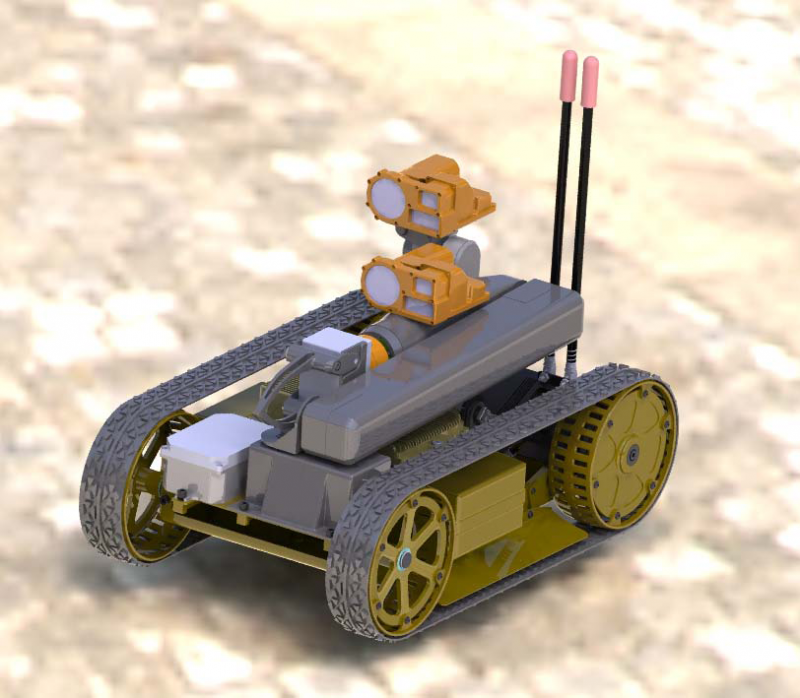
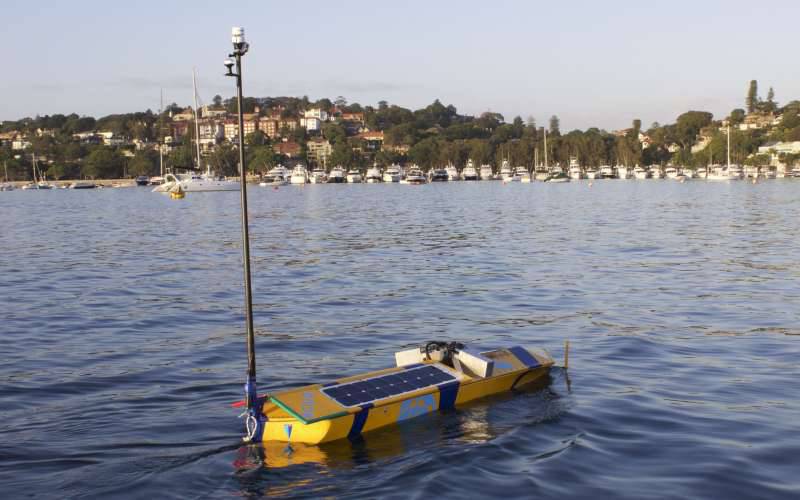
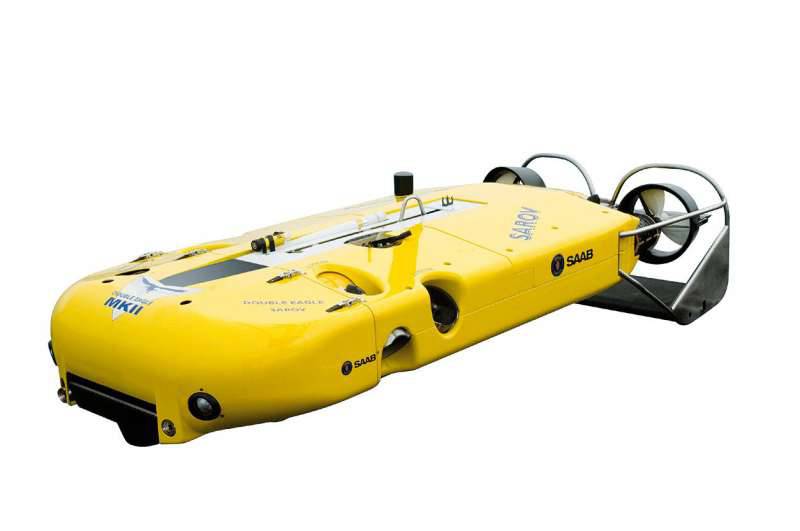
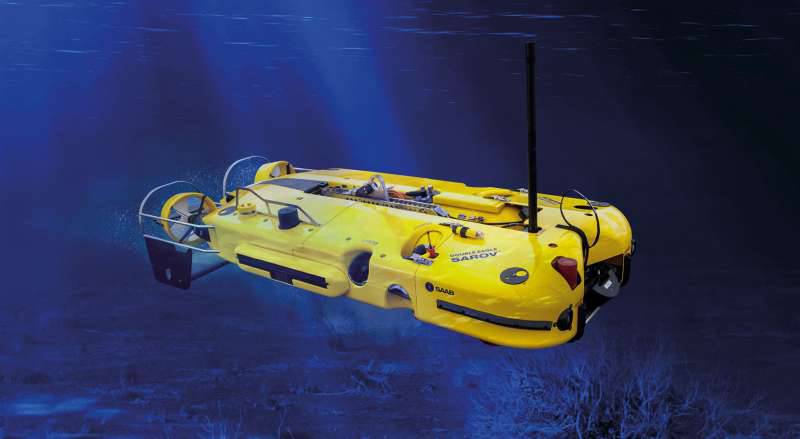
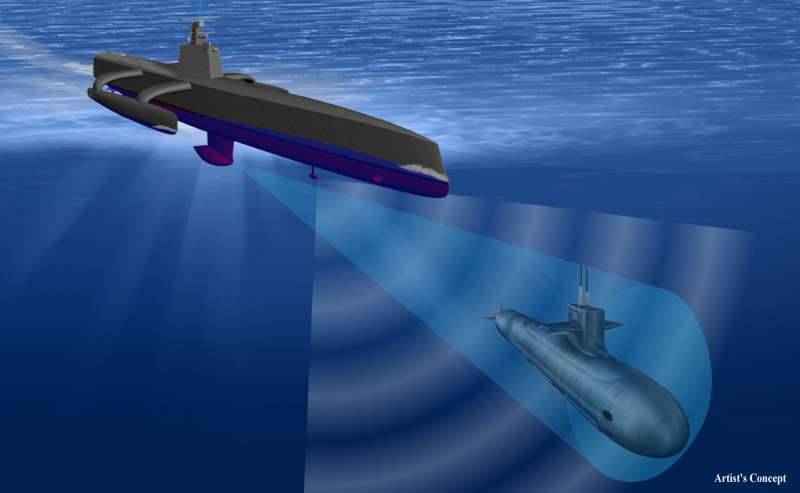
Information